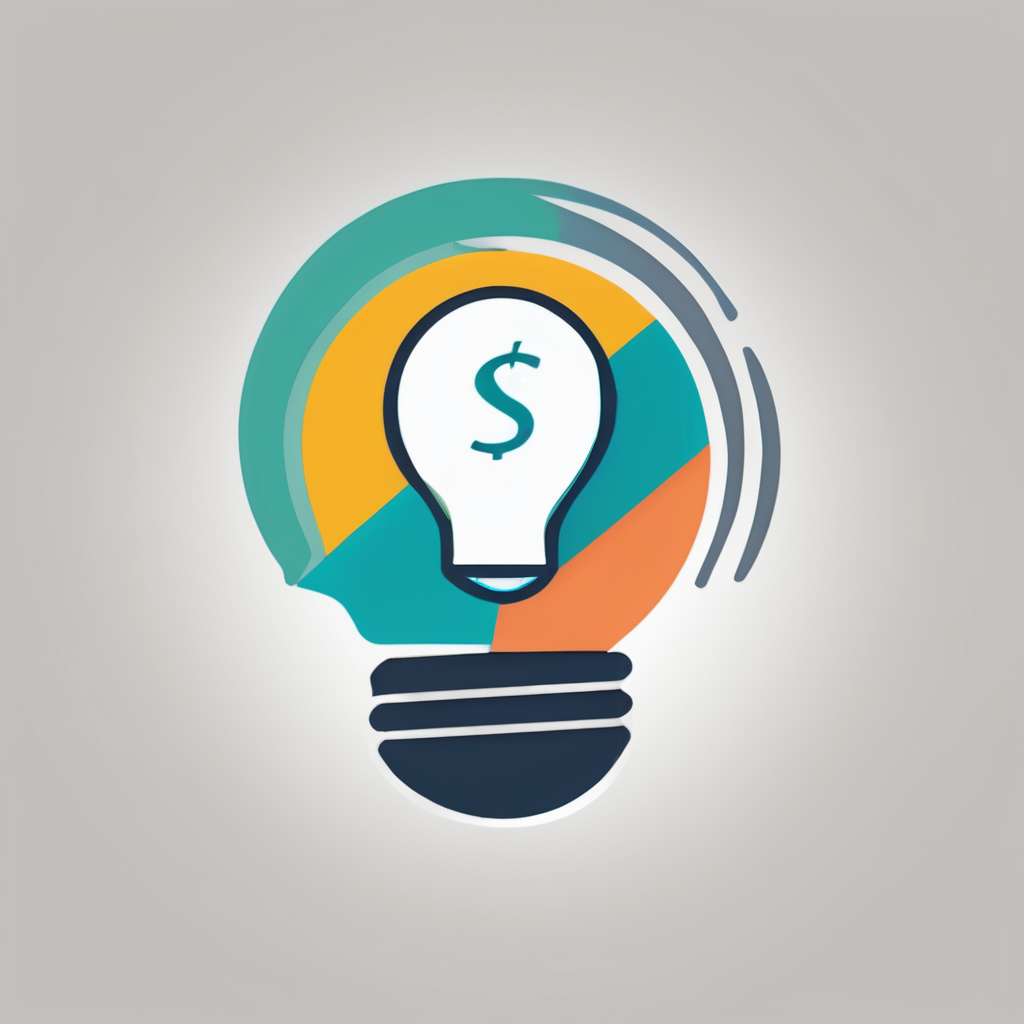Designing a High-Impact Customer Onboarding Experience for Your Nottingham E-commerce Business
Understanding the Importance of Customer Onboarding
When you launch an e-commerce business in Nottingham, or anywhere else for that matter, one of the most critical aspects to focus on is the customer onboarding experience. This initial interaction can make or break the relationship between your business and your customers. Here’s why it’s so crucial:
- First Impressions: The onboarding process is often the first significant interaction a customer has with your brand. It sets the tone for their entire experience and can influence their decision to become a repeat customer.
- Customer Retention: A well-designed onboarding process can significantly improve customer retention rates. When customers feel supported and guided, they are more likely to stay engaged with your brand.
- Brand Loyalty: Effective onboarding can foster brand loyalty by making customers feel valued and understood. This loyalty can lead to positive word-of-mouth, reviews, and recommendations.
Planning Your Onboarding Strategy
Before diving into the nitty-gritty of onboarding, it’s essential to have a clear strategy in place. Here are some steps to help you plan your onboarding strategy:
Also read : Enhancing workplace efficiency: proven techniques for thriving in manchester offices
Define Your Goals
Identify what you want to achieve through your onboarding process. Common goals include increasing customer engagement, reducing churn rates, and enhancing overall customer satisfaction.
Understand Your Customer
Use marketing automation tools to gather data on your customers’ behaviors, preferences, and pain points. This data can help you tailor your onboarding experience to meet their specific needs[1].
In the same genre : Unlocking success: key strategies for designing a mobile-friendly e-commerce store for your bath products brand
Segment Your Customers
Segment your customers based on their behaviors and preferences. This segmentation allows you to create personalized onboarding experiences that resonate with each group.
Crafting a Personalized Onboarding Experience
Personalization is key to making your onboarding experience impactful. Here’s how you can achieve it:
Automated Welcome Emails
Use marketing automation to send personalized welcome emails. These emails should be triggered by specific behaviors, such as signing up for your newsletter or making a first purchase. Include a warm welcome message, a brief introduction to your brand, and any relevant offers or discounts[1].
Tailored Content
Ensure that the content your customers receive is tailored to their interests and behaviors. For example, if a customer has shown interest in a particular product category, send them personalized recommendations and offers related to that category.
Geotargeting
Utilize geotargeting to deliver content that is relevant to your customers’ locations. This could include directing them to nearby stores or showcasing content specific to local events or weather conditions[1].
Enhancing Customer Engagement
Customer engagement is a critical component of a successful onboarding experience. Here are some strategies to enhance engagement:
Gamification
Incorporate gamified elements into your onboarding process. This could include rewards, challenges, or dynamic leaderboards that make the experience more interactive and engaging. However, ensure that these elements are introduced gradually to avoid overwhelming your customers[1].
Real-Time Interactions
Use real-time data to trigger interactions that are relevant to your customers’ current activities. For example, if a customer is browsing a specific page, send them a personalized message or offer related to that page.
Measuring the Impact of Your Onboarding Experience
To ensure that your onboarding strategy is effective, you need to measure its impact. Here are some key metrics to track:
Customer Satisfaction Scores
Regularly survey your customers to gauge their satisfaction with the onboarding process. Use tools like Net Promoter Score (NPS) to get a clear picture of how satisfied your customers are.
Conversion Rates
Track the conversion rates of customers who have gone through your onboarding process. Compare these rates with those of customers who have not received personalized onboarding to see the impact.
Customer Retention Rates
Monitor customer retention rates over time. A well-designed onboarding process should lead to higher retention rates.
Tools and Technologies for Onboarding
Several tools and technologies can help you design and execute a high-impact onboarding experience:
Marketing Automation Tools
Tools like Marketo, HubSpot, or Salesforce Marketing Cloud can help you automate and personalize your onboarding process. These tools allow you to capture real-time data and trigger personalized messages based on customer behaviors[1].
CRM Systems
Customer Relationship Management (CRM) systems, such as Zoho CRM, are essential for managing customer data and interactions. They help you segment customers, track their behaviors, and deliver personalized content[5].
Analytics Tools
Use analytics tools like Google Analytics to track the performance of your onboarding campaigns. These tools provide insights into customer behavior and help you refine your strategies.
Best Practices for Onboarding
Here are some best practices to keep in mind when designing your onboarding experience:
Keep it Simple
Ensure that your onboarding process is easy to understand and navigate. Avoid overwhelming customers with too much information at once.
Be Timely
Timing is crucial in onboarding. Send messages and offers at the right moment to maximize impact. For example, sending a welcome email immediately after a customer signs up can make a significant difference.
Provide Value
Make sure that your onboarding process provides value to the customer. Whether it’s through exclusive offers, educational content, or support, the customer should feel that they are gaining something from the experience.
Example of a Successful Onboarding Process
Let’s consider an example from a health and wellness e-commerce business based in Nottingham:
- Welcome Email: Upon signing up, the customer receives a personalized welcome email with a discount code for their first purchase.
- Product Recommendations: Based on their browsing history, the customer is sent personalized product recommendations via email and social media.
- Gamified Engagement: The customer is invited to participate in a rewards program that includes challenges and leaderboards to keep them engaged.
- Local Offers: If the customer is located near a physical store, they receive offers and invitations to visit the store.
Pros and Cons of Different Onboarding Strategies
Here is a detailed list of pros and cons for different onboarding strategies:
Automated Email Campaigns
- Pros:
- Personalized and timely interactions
- Automated process reduces manual effort
- Can be triggered by various customer behaviors
- Cons:
- Risk of overwhelming customers with too many emails
- Requires careful segmentation to avoid irrelevant content
Gamification
- Pros:
- Increases engagement and interaction
- Makes the experience more enjoyable and interactive
- Can lead to higher customer loyalty
- Cons:
- Can be overwhelming if introduced too quickly
- Requires continuous updates and new challenges to keep customers engaged
Geotargeting
- Pros:
- Delivers content that is highly relevant to the customer’s location
- Can drive foot traffic to physical stores
- Enhances the overall customer experience
- Cons:
- Requires accurate location data
- Can be seen as intrusive if not done carefully
Table: Comparing Onboarding Tools
Here is a comparative table of some popular onboarding tools:
| Tool | Features | Pricing | Ease of Use |
|---|---|---|---|
| Marketo | Advanced marketing automation, personalization, and analytics | Custom pricing based on business needs | Moderate |
| HubSpot | All-in-one CRM, marketing, sales, and customer service tools | Starting at $50/month | Easy |
| Salesforce Marketing Cloud | Comprehensive marketing automation and analytics | Custom pricing based on business needs | Moderate |
| Zoho CRM | CRM with marketing automation and analytics | £12 to £42 per user/month | Easy |
| Google Analytics | Web analytics and tracking | Free and paid versions | Moderate |
Designing a high-impact customer onboarding experience is a multifaceted task that requires careful planning, the right tools, and a deep understanding of your customers. By personalizing the experience, enhancing engagement, and continuously measuring the impact, you can create an onboarding process that not only welcomes new customers but also sets the stage for long-term loyalty and growth.
As Thomas from Capacity LLC noted, “Our mission remains to support small and medium-sized businesses, and with new brands constantly emerging in today’s online world, we’re never short of strategic opportunities.” By embracing technology, personalization, and a customer-centric approach, your Nottingham e-commerce business can thrive in the competitive market and build a loyal customer base[3].
In the words of a marketing expert, “The key to a successful onboarding experience is to make it feel like a natural extension of the customer’s journey. It should be seamless, personalized, and valuable.” By following the best practices and leveraging the right tools, you can create an onboarding experience that not only delights your customers but also drives your business forward.











